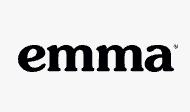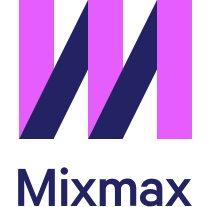LemList vs Campaign Monitor
Hyperise integrates with 100's of sales and marketing tools, many of which are in the Email Marketing category. With so many to choose from it's sometimes hard to know which is best, but don't worry, we've got your covered.
In this comparison guide we're going to look at the Highlights, Pros, Cons and Pricing of LemList and Campaign Monitor. We'll also delve into the details of which offers the best personalization options within Email Marketing, with there respective Hyperise integrations

LemList
Pricing: LemList pricing is based on the number of credits you need each month. Each credit is used for one email and one follow-up. Prices start at $99/month for 10,000 credits and go all the way up to $999/month for 100,000 credits. Additional credits can be purchased in packages up to 1,000,000 credits.
Vs

Campaign Monitor
Pricing: Campaign Monitor's pricing is based on the number of contacts in your account. Prices start at $9 a month for 500 contacts and go up to $379 a month for 50,000 contacts. They also offer package deals if you need more contacts. They also offer a free plan that allows you to send up to 2,500 emails per month.
LemList vs Campaign Monitor Highlights
LemList is a marketing automation platform designed to help businesses reach larger customer bases more effectively. It automates customer outreach processes such as email marketing, follow-ups, customer engagement, and customer segmentation. Compared to Campaign Monitor, which is also an email marketing platform, LemList has additional features such as drip campaigns, CRM integrations, and AI-driven automation that can help you create customized campaigns more easily and quickly. It also offers more detailed customization and tracking capabilities to help businesses get the most out of their campaigns. Ultimately, both solutions are great options for businesses looking to automate processes and reach more customers.
LemList vs Campaign Monitor Pros
LemList Pros
- Automated Prospecting: LemList allows you to automate your entire prospecting process in one place, from building personalized campaigns to tracking and follow-up.
- Personalization: LemLists AI-powered personalization makes it easier to build engaging content tailored to prospects, increasing open and response rates.
- Outreach Tracking: With LemList you can track the success of your outreach and identify the best performing campaigns.
- Performance Insights: Gain valuable insights and analytics on the performance of your outreach campaigns.
- Affordable Pricing: A wide range of pricing options as low as $19/month.
- Scalable: LemLists scalability options make it easy to fit any budget and marketing effort.
- Easy to Use: Simple, intuitive user interface and workflow makes it easy to pick up and start using.
Campaign Monitor Pros
- Greater automation capabilities Campaign Monitor offers extensive automation capabilities, allowing users to trigger emails based off a variety of scenarios or conditions.
- More robust reporting features Campaign Monitor features deeper analytics and reporting tools, which are especially useful for tracking campaign performance.
- Better segmentation Campaign Monitor provides more detailed list segmentation options which enable users to target specific audiences.
- Dedicated support Campaign Monitor provides 24/7 customer support, which allows users to get help whenever and wherever they need it.
- Access to templates Campaign Monitor offers a library of free and pre-designed templates to choose from, allowing users to quickly create powerful emails with minimal effort.
- Easier integration with other systems Campaign Monitor makes it simpler to integrate with other business systems and tools, enabling users to gain even greater value from their campaigns.
LemList vs Campaign Monitor Cons
LemList Cons
- Limited range of automation options
- No native A/B testing options
- No native integrations with popular CRMs
- Limited personalization options
- No native reporting and analytics options
- Email personalization limited to receiver's first and last name
- Cannot edit and resend emails using drag & drop editor
- No conversion tracking options available
- Difficult to manage multiple campaigns on free plan
Campaign Monitor Cons
- Higher cost compared to LemList
- Fewer options for customizations and personalization
- Limited A/B testing capabilities
- No Lead Scoring support
- Harder to build complicated multi-step workflows
- Less powerful automation options than LemList
LemList & Campaign Monitor Hyperise Integrations
LemList uses the HTML code embed method to integrate with Hyperise, giving a simple way to add personalized images to your messages.
LemList makes the following data points available to Hyperise, to enable personalization in images used in outreach and linked out to your personalized website landing pages.
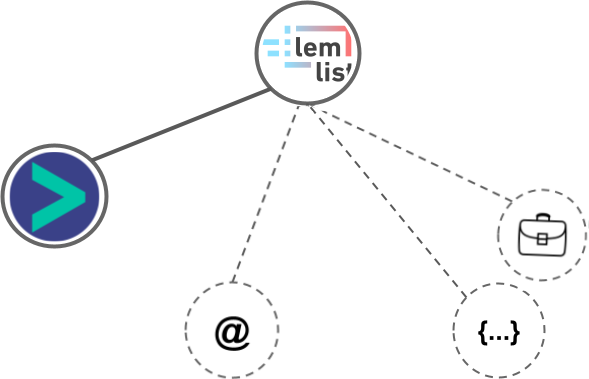
- Using business Email passed from LemList, Hyperise is able to enrich business logo and website screenshots. In some cases, with a business Email we're also able to enrich profile images, subject to the business email having a publicly available profile.
- Business name
- Profile Images are passed from LemList to use directly within your Hyperise images.
LemList Integration Guide
Campaign Monitor uses the HTML code embed method to integrate with Hyperise, giving a simple way to add personalized images to your messages.
Campaign Monitor makes the following data points available to Hyperise, to enable personalization in images used in outreach and linked out to your personalized website landing pages.

- Using business Email passed from Campaign Monitor, Hyperise is able to enrich business logo and website screenshots. In some cases, with a business Email we're also able to enrich profile images, subject to the business email having a publicly available profile.
Campaign Monitor Integration Guide
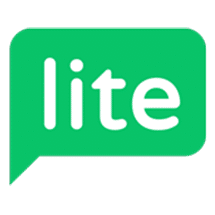



 vs
vs  vs
vs 


 vs
vs  vs
vs 


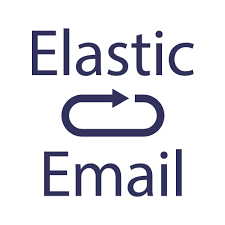
 vs
vs  vs
vs 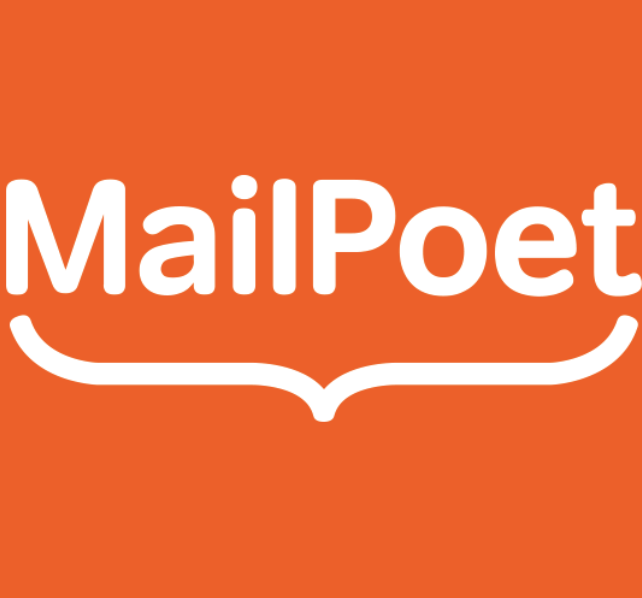 vs
vs  vs
vs  vs
vs  vs
vs  vs
vs  vs
vs  vs
vs  vs
vs 
